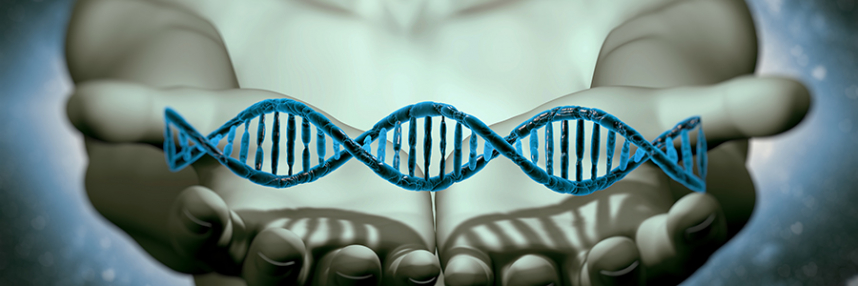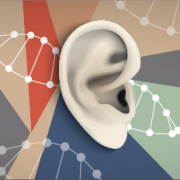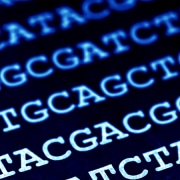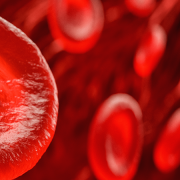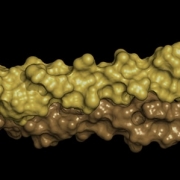Three things we learnt from the discovery of DNA’s structure
It’s 70 years since Watson and Crick proposed DNA’s structure; we look at this milestone in our understanding of the building block of life
This April marks the 70th anniversary of the landmark publication that described the structure of DNA for the first time. While we know that James Watson and Francis Crick first described the double helix (with huge input from Rosalind Franklin’s famous photograph 51), why was understanding of DNA’s structure so significant?
1. The double helix
“This structure has two helical chains each coiled round the same axis”, is how Watson and Crick described the physical structure of the DNA molecule.
DNA’s double helical form is arguably the most famous part of the discovery. But an additional fact is that these two chains are joined together by complimentary base pairs. This provides insight to how a DNA molecule is able to encode and replicate genetic information reliably.
2. How DNA replicates
In showing that a DNA strand is composed of two chains and that DNA bases always pair predictably, Watson and Crick discovered that a DNA sequence could be reliably copied when cells divide.
In their paper, they wrote: “It has not escaped our notice that the specific pairing we have postulated immediately suggests a possible copying mechanism for the genetic material.”
3. DNA forms a sequence
The idea that DNA has a ‘sequence’ came after showing that DNA is composed of chains of base pairs. Although Watson & Crick’s paper never suggested a way in which a sequence of nucleotide bases could encode genetic information, it would not have been possible for others to discover this without first understanding the DNA’s structure.
—
The double helix was an incredibly important discovery. But credit should also go to the many other researchers whose work informed Watson, Crick and their contemporaries. Here’s just a couple of them.
1. Discovery of DNA
DNA was first isolated in 1869 by a Swiss scientist named Friedrich Miescher. He understood that it was different from proteins and so named it ‘nuclein’.
The Russian scientist Phoebus Levene later discovered the structure of individual DNA bases and RNA bases in the early 20th century.
2. Genes are made of DNA
The link between genes and DNA was shown in a 1944 publication by the Canadian American microbiologist Oswald Avery. He saw that a type of non-virulent bacteria became virulent in the presence of DNA. This was a huge discovery; before, it was believed that hereditary information was somehow encoded in proteins.
The importance of Avery’s discovery was recognised by Austro-Hungarian-born American biochemist Erwin Chargaff. He noted that the numbers of adenine and thymine bases were always the same, as were the numbers of cytosine and guanine. This consistent base ratio informed Watson and Crick’s idea of base pairing.
Chargaff also demonstrated that adenine/thymine and cytosine/guanine proportions were different in different species. This suggested a molecular basis for hereditary differences.
—
You can learn more about DNA, and how changes in our genetic information can affect our health, in our series of free 30-minute online courses, Genomics 101.


